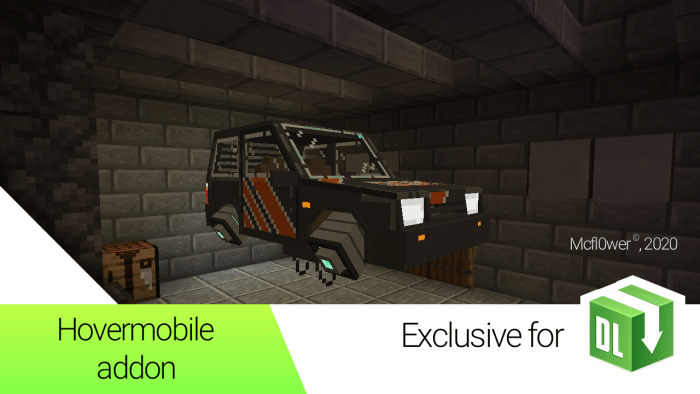

They were going to improve human beings, and bring about greater racial and gender equality,” she says. Society had lofty hopes for the flying crafts: “They were going to create world peace. “When the airplane was invented, people came up with all kinds of amazing ideas about what airplanes were going to do,” says aviation historian Janet Bednarek, a history professor at the University of Dayton in Ohio. While a much improved model, his car-craft’s hang-time was only marginally better than Le Bris’. Subsequent iterations of soaring carriages followed with varying levels of success, such as aviation-industry titan Glenn Curtiss’s 1917 self-propelling Autoplane. With this seminal, albeit short-lived, flight, a flying-car archetype was born. The aptly named L’Albatros artificiel, or the Artificial Albatross, carried Le Bris 300 feet off the ground-an impressive height for the mid-19th century when the first steam-powered automobiles were only just beginning to dot roadways. In 1856, French sea captain Jean-Marie Le Bris sailed through the skies in a horse-drawn glider fashioned after an albatross.
HOVER CAR COMMAND SERIES
Read the series and explore all our 150th anniversary coverage here.ĭecades before Orville and Wilbur Wright propellered into the air, the dream of flying cars (or carriages) got an unexpected lift. In the Are we there yet? column we check in on progress towards our most ambitious promises. If it is changing correctly, you know your script is fine - the problem is that whatever is supposed to be reading from 'CarStat.Value' is having problems.From cities in the sky to robot butlers, futuristic visions fill the history of PopSci. Check the Properties window to make sure the value is changing). Now, if the script is working correctly (which it may very well be doing right now, as my proposed change doesn't fundamentally change what it's doing), you should check to make sure that the "CarStat.Value" is changing correctly (test it in Solo mode and find it in Explorer.
HOVER CAR COMMAND CODE
Your intent seems to be to release the previous coroutine from its "repeat wait() until moveend = true" loop, but you'd need a wait() command to give the repeat loop a chance to consider exiting.Ī better method is to simply move the pos.Velocity = NullVector code into the InputEnded event and delete moveend/rotend entirely. This doesn't work because lua only runs one thing at a time, and it doesn't switch to other coroutines/threads until it hits the end of the function or a 'wait' command (or similar). You assign "moveend = true" and then immediately assign "moveend = false". In this case, I can spot one problem, though it isn't "the" problem: ex, maybe you set up the InputBegan incorrectly? You might put a print statement on line 10 or 11 and print out first that it's running, and then second the value of 'input' and/or 'input.Ke圜ode'. I have no clue what's wrong.įor the future, one method of figuring out what's wrong is to start adding 'print' statements in various places. I need someone else who can easily spot errors to help me. That works just fine but the Localscript (above) is not working nor is it raising an error to help me debug the problem. This localscript is put into the player that is sitting in the car. I already made the script that turns the car on when you sit in it. If key = Enum.Ke圜ode.A or key = Enum.Ke圜ode.D then If key = Enum.Ke圜ode.W or key = Enum.Ke圜ode.S then Rot.AngularVelocity = Vector3.new(0,10,0) Rot.AngularVelocity = Vector3.new(0,-10,0)

Local uis = game:GetService("UserInputService")


 0 kommentar(er)
0 kommentar(er)
